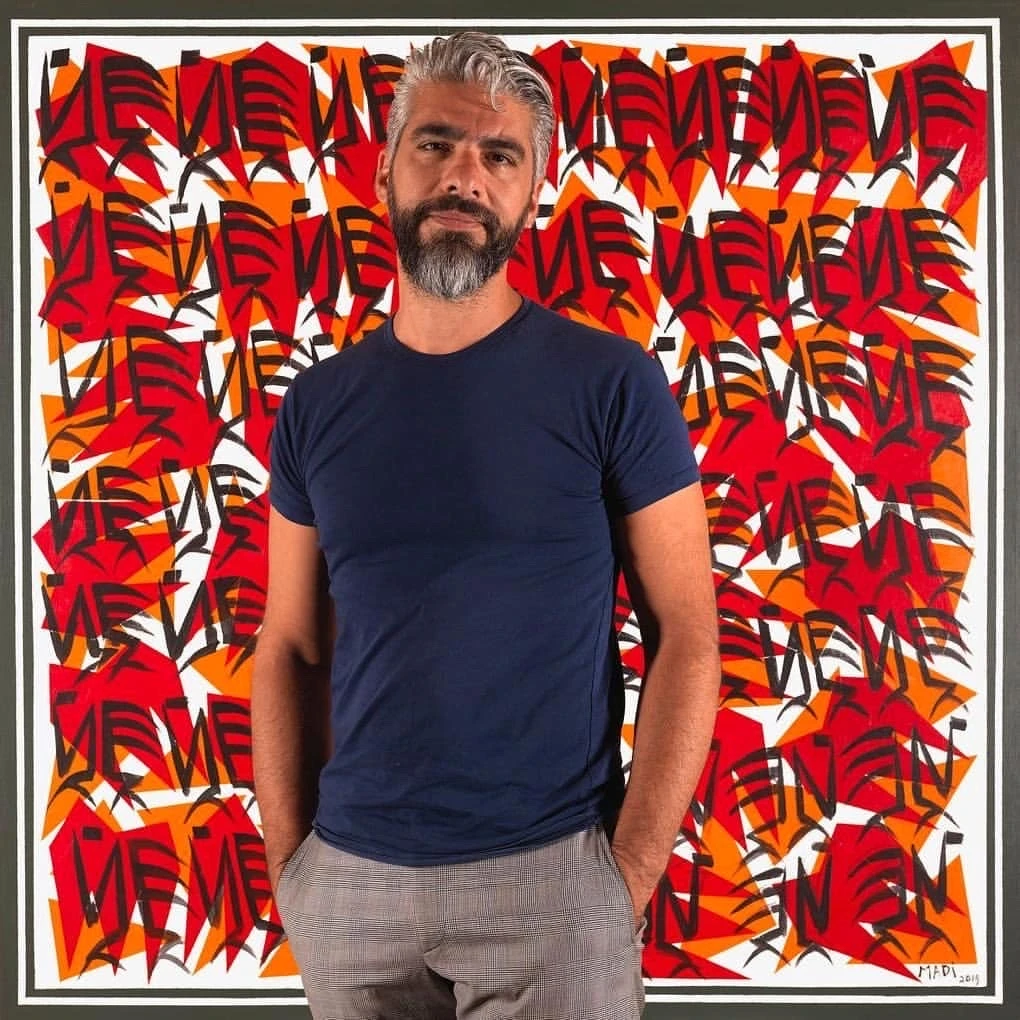
Art The Time Capsule
Imagine art as a giant time capsule, an intricate vessel that preserves the stories and struggles of humanity across centuries. At its core lie narratives of freedom, resilience, and the relentless pursuit of justice. Within this expansive archive of human experiences, the Palestinian story stands as one of the most enduring and poignant sagas of our time.
Central to this artistic tapestry are the works of artists like Mansour, whose canvases unfold the saga of a paradise lost. His dreamlike depictions, now iconic in the Palestinian visual identity,¬¬¬ encapsulate the spirit of a people marked by resilience and resistance. Through his art, Mansour weaves a powerful narrative—a narrative that serves as a profound reminder of the absurdity and brutality inherent in the Israeli occupation.
Anani, another luminary in the Palestinian art scene, turns his gaze to the landscape, capturing the fertile olive trees and imbuing them with vibrant hues that echo a modern Palestinian national identity. His creations, alongside those of his peers, have transformed into icons and symbols, emblazoned on flags and embedded in the collective consciousness of the Palestinian people.
Yet, amidst this artistic fervor, the harsh realities of the separation wall loom large. Khaled Hourani, based in Ramallah, shifts the spotlight to this monolithic structure, using his art as a tool for commentary and critique. In his brushstrokes and compositions, Hourani confronts the political and social dynamics of his homeland, igniting conversations and challenging perceptions.
As Khaled Hourani rightly points out, artists in Palestine are more engaged with the political and social fabric than ever before. Their art serves as a mirror, reflecting the joys, sorrows, struggles, and triumphs of a people deeply rooted in a rich cultural heritage. It is through their creative expressions that narratives are reshaped, identities are reaffirmed, and voices are amplified.
In this glimpse into Palestinian art, we merely scratch the surface of a vast and diverse artistic landscape. Behind every stroke of paint, every sculpture, and every installation lies a story—a story waiting to be discovered, understood, and embraced. These artistic endeavors not only enrich our understanding of Palestine but also resonate as timeless testaments to the enduring spirit of humanity.



